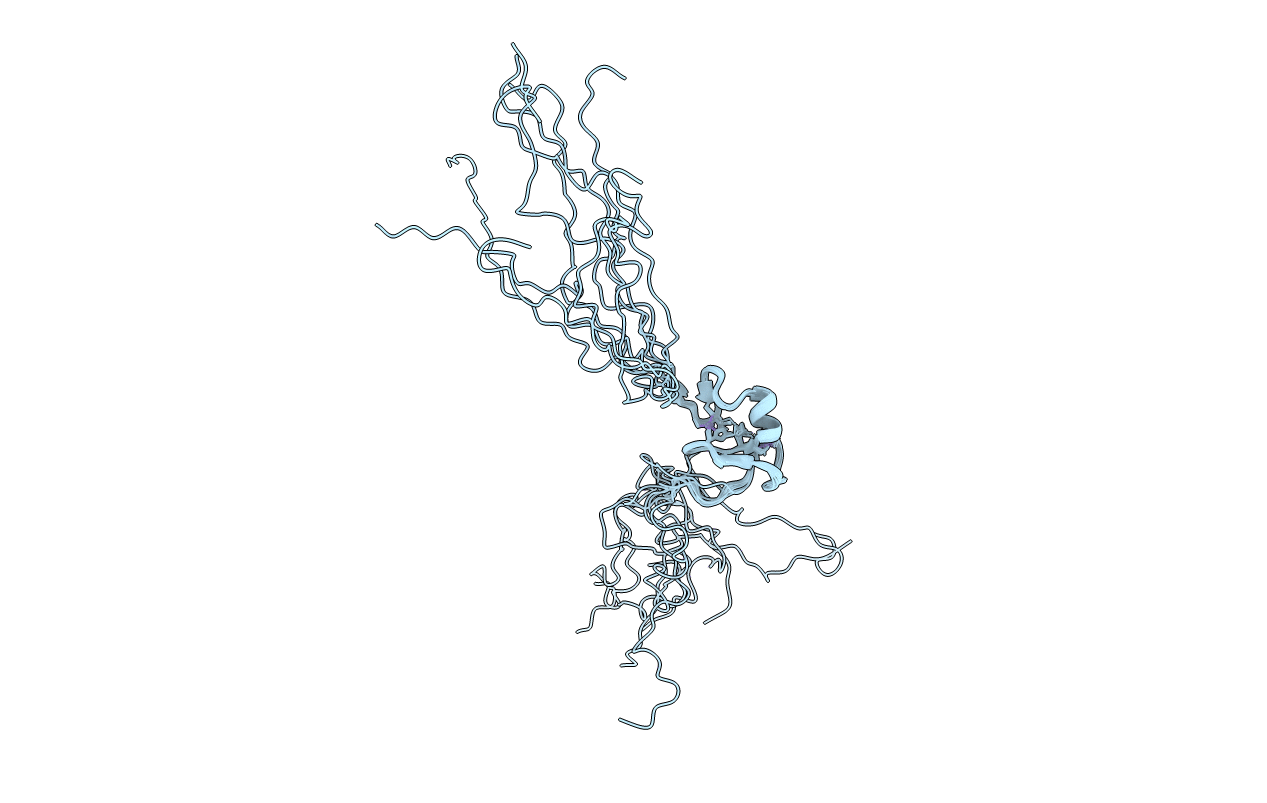
Deposition Date
2012-12-06
Release Date
2013-01-30
Last Version Date
2024-05-15
Entry Detail
PDB ID:
2M1S
Keywords:
Title:
NMR assignment of the arenaviral protein Z from Lassa fever virus
Biological Source:
Source Organism:
Lassa virus Josiah (Taxon ID: 11622)
Host Organism:
Method Details:
Experimental Method:
Conformers Calculated:
50
Conformers Submitted:
10
Selection Criteria:
structures with the lowest energy


